
Enriched wheat flour (wheat flour, niacin, reduced iron, thiamine, mononitrate, Riboflavin, folic acid) This is wheat flour that’s been processed to take out much of the good, healthy stuff and then some of it is put back into it artificially. Like with all food-processing, this is done to stretch the batches and increase profits.
Palm Oil – oil derived from the pulp of oil palm fruit. It’s cheap, and it has a long shelf life. It’s oil appears in soaps, detergents, cosmetics, and pharmaceutical drugs. In 2015, we consumed 17 pounds of it, on average over the year (Raghu, 2017).
Salt – Salt is the go-to preservative and flavor enhancer. In the past, people died from not getting enough salt. It’s necessary for our health, but now people die because of getting too much of it. It’s hard to avoid salt too. As ramen goes, if you eat an entire block and its magic powder–and who doesn’t?–you’ll eat 1500mg of salt, at least half the recommended amounts you are supposed to eat.
Autolyzed yeast extract – This is a fancy name for yeast corpses. Yep, you are eating the remains and poop of yeast. Their cell walls break down as they eat proteins and release amino acids, salts, and carbs. Food engineers separate the yeast and their poop from the stuff that doesn’t dissolve in water ( Wiesenfelder, 2017). The result tastes umami, like monosodium glutamate and mushrooms.
Dried leek flake – Real food! A leek is a type of veggie related to onion, garlic, scallion, and chives. In this case, the leek is dried and turned into flakes.
Egg white — Don’t eat ramen if you have an egg allergy.
Garlic powder — More real food! This staple in cooking is good on spaghetti, buttered bread, and more.
Hydrolyzed corn and soy protein – Hydrolyzed vegetable protein is made by taking wheat gluten in water and mixing it with an enzyme like Neutrase to break down the proteins. The result is a protein with umami flavor. It happens naturally in foods like cheese and other foods that ferment for a time (Wang and others, 2015).
Lactose – Lactose is better known as milk sugar. It’s a type of sugar that appears in milk and can be extracted to add to other foods, like ramen.
Maltodextrin – A food additive that comes from partial hydrolysis of starches like corn or wheat. It contains glucose, sugar, molecules within it. It shows up in candy, beer, soft drinks, potato chips, jerky, and more. It thickens foods.
Natural flavors – The “secret recipe” that gives ramen its beef, chicken, or donut flavor. Yeah, not so much donut, but there are tons of flavors out there. The flavors are likely spices such as paprika, onion powder (which is listed), chili powder, etc.
Potassium carbonate – A type of salt used in making soap and glass. It’s a drying agent that keeps powders like ramen’s magic powder from clumping with moisture. It’s also used in making cocoa powder. It appears naturally or is manufactured.

Potassium chloride – This type of salt can be used to make potassium carbonate. It appears in natural rocks like sylvite.
Sodium alginate – Yet another salt (explains the 1700mg a packet, doesn’t it?) that comes from brown algae. It protects against intestinal absorption of radioactive isotopes so you can’t say ramen isn’t at least a little healthy (National Center for Biotechnology, n.d. A). Ramen sounds like a good food to have in the event of a nuclear war, eh?
Sodium carbonate – Works as a water softener and comes from the ashes of plants or from seaweed. Used in making glass.
Powered chicken – Bones and all?
Rendered chicken fat – Rendering takes all the waste parts of a chicken and turns it into fats like lard or tallow. Think candles.
Silicon dioxide – In a word, sand. Silica, which contains silicon dioxide is the major component of sand.
Sodium tripolyphosphate – Used in laundry detergents and dish-washing detergents. It’s used in foods to texture and thicken (National Center for Biotechnology Information, n.d. B)
Soybeans – Something natural! Actually, a good number of the ingredients in ramen appear in nature or through natural processes which allows the marketers to use the phrases “natural flavors” and “contains small amounts of naturally occurring glutamates”. All of which is true.
Spice and color – Gotta get the chicken-gold broth looking and tasting right.
Succinic acid – Used in medicines and making lacquer. The acid is also found in and around cancer tumors. It’s main purpose here is to add to ramen’s shelf life (National Center for Biotechnology Information, n.d. C).
Sugar – Balances all the salt.
TBHQ – Short for Tert-Butylhydroquinone. An antioxidant used to add shelf life.
Wheat – Some whole wheat is hidden in the noodles.
Many of these components are common to processed-packaged foods where self-life is one of the main factors. As you can see, ramen has many different types of salts. Salts are the most common additive in packaged foods because we crave them, and they help food keep longer. But too much salt is linked to health issues such as high-blood pressure and vertigo. Salt is hard to avoid today, but with some planning you can curb it. So if you want a bowl of ramen, you can enjoy it. Just cut salt from the other meals you eat that day and drink a lot of water.
References
National Center for Biotechnology Information. (n.d. A) PubChem Compound Database; CID=5102882, https://pubchem.ncbi.nlm.nih.gov/compound/5102882.
National Center for Biotechnology Information. (n.d. B) PubChem Compound Database; CID=24455, https://pubchem.ncbi.nlm.nih.gov/compound/24455
National Center for Biotechnology Information. (n.d. C) PubChem Compound Database; CID=1110, https://pubchem.ncbi.nlm.nih.gov/compound/1110
Raghu, Anuradha (2017). We Each Consume 17 Pounds of Palm Oil a Year. Bloomberg News. https://www.bloomberg.com/news/articles/2017-05-17/soap-to-chocolate-we-consume-17-pounds-of-palm-oil-each-year
Wang, Lihua and others (2015) Enhancement of umami taste of hydrolyzed protein from wheat gluten by β-cyclodextrin. J Sci Food Agric 96. 4499-4504.
Wiesenfelder, Heidi (2017) What is Autolyzed Yeast Extract? LiveStrong. https://www.livestrong.com/article/71755-autolyzed-yeast-extract/
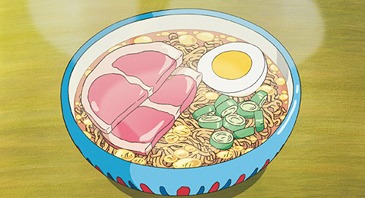
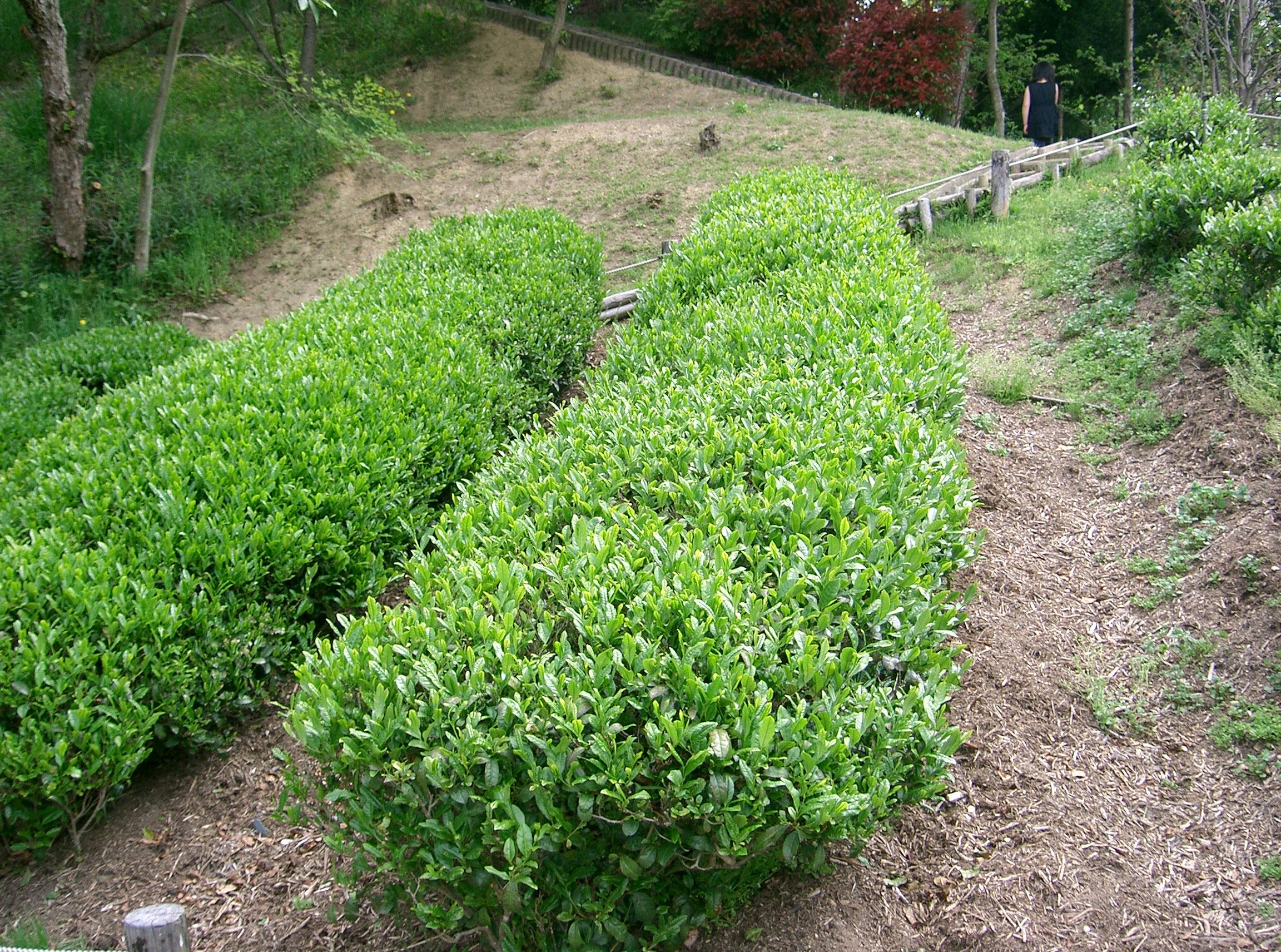
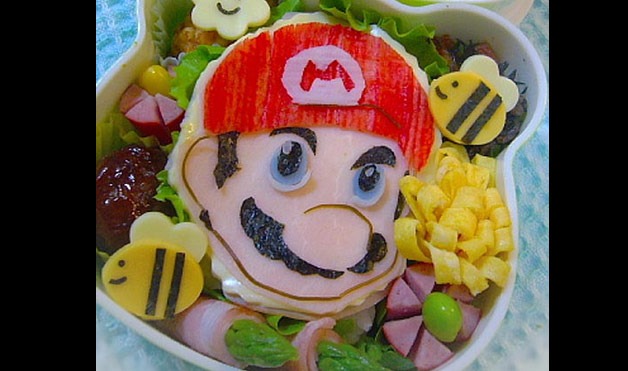

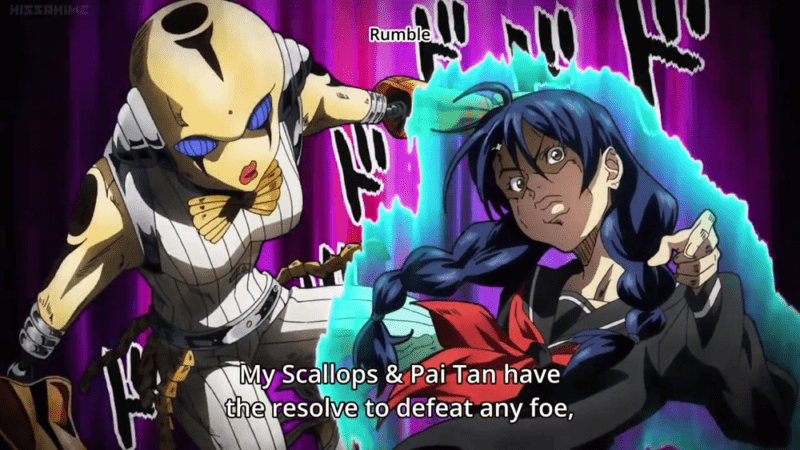
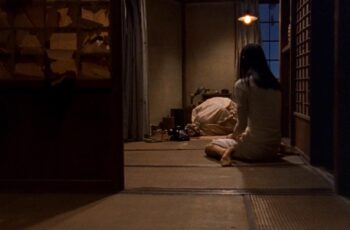
In your whole article you are talking about artificial Ramen, In contrast to the REAL ramen, artificial ramen is more of a junk than food. While real ramen is all natural and real food in it. When we say real ramen, it is the one that is prepared traditionally like the one Naruto was eating in the Ichiraku stand/restaurant. Try ordering Ramen in an authentic Japanese food stand or restuarant and you’ll see a lot of difference from the typical instant ramen you buy in your favorite grocery stores.
Check out this link for what REAL ramen is all about:
https://en.wikipedia.org/wiki/Ramen
I tried to make it clear I was talking about packaged ramen. Comparing that to the real thing (package ramen does make a regular appearance in anime) is like comparing canned-chicken noodle soup to grandmother’s made-from-scratch recipe. Sadly, the closest authentic Japanese restaurant is about a 4 hour drive from me.
Just a note: Wikipedia isn’t a reliable source for information other than a general summary or a starting point. While the link you shared right now is okay (and I’m guilty of using Wikipedia in the past too), I’ve found Wikipedia’s information suspect and incorrect in the past.
Yes. I know Wikipedia is not always reliable. However, it is reliable more often than not based on my experience. And I don’t immediately believe in what the articles say unless I verify them with other sources. For a better source and in case you are doubting the article here’s another link regarding the REAL ramen.
https://www.theguardian.com/lifeandstyle/wordofmouth/2017/mar/30/how-to-cook-the-perfect-miso-ramen
It is important to note that what we are referring to is the REAL thin and the packaged thing because it is so very unfair to the Japanese as well as the food itself to be labeled as something unhealthy just because of some misconceptions of the West regarding the usage of the the term.
Not that the Japanese give a damn about it. It’s just that it’s too sad to realize that something wholesome and healthy is being viewed as junk just because of the popular misconception.
We as concerned netizens ought to promote what is good for the well-being and those that would benefit everyone. And sad to say that those who doesn’t even have the slightest idea of what a ramen is would definitely avoid eating anything that is clssified as “ramen”. Including the wholesome and healthy, REAL one. And I would like to point it out the difference. Because it wouldn’t be a good thing if people would be avoiding something good and healthy just because of an article, isn’t it so?
Thanks for pointing out the difference between real ramen and the grocery-store variety. Inuyasha might have been a better example of faux-ramen loving than Naruto, but I know of some younger fans who like to use the grocery-store variety to mimic Naruto’s enjoyment.
Yep, Inuyasha. I remember I was just 25 then when the series was shown in our country. Was long time ago and I really haven’t been able to watch the entire series. It’s good to hear that he is into ramen also. Actually we don’t see a lot of anime characters who like eating ramen.
And I only actually know of one character and that would be Naruto. He eats everything that is labeled as “ramen”. While he eats a lot of the instant ramen, his favorite is the authentic variety of ramen that is served in the Ichiraku food stand. And that same food stand has become a restaurant in the Boruto series. Not really sure if the name Ichiraku is just the name of the place or is supposed to be a fictitious variety of ramen. But one thing’s for sure, those ramen in Ichiraku are portrayed as real ramen,
Supposedly, it was based on an actual shop. https://en.rocketnews24.com/2016/08/22/narutos-favorite-noodle-shop-ichiraku-ramen-is-real-and-we-just-visited-it/
Also: apologies if I seemed a little touchy on Wikipedia or anything. You make a good point that not everyone will know ramen from instant ramen, much like chicken noodle soup isn’t the canned stuff. That was actually what I was trying to point out by emphasizing the package and processing of the stuff most of us in the West call ramen (and in South Korea I’ve heard).
No worries. there’s really nothing to apologize. It’s a great discussion and it is what we’re really after. And thanks btw for sharing the link on the actual Ichiraku Ramen food stand. Never realized that Is such a place as Ichiraku. I wish I’d get to go there someday. Perhaps you can visit the place some time just for fun and let me know what you think about the food just to satisfy my curiosity. XD
I was at an Amish food store a few years ago and stumbled across packages of miso soup with its label printed in Japanese. At an Amish (Old Order from what I could tell) shop of all things. It was quite good, but it goes to show that you don’t know what or where you will stumble across Japanese foods or pieces of culture. Not even Old Order Amish are immune from the reach of Japan haha.